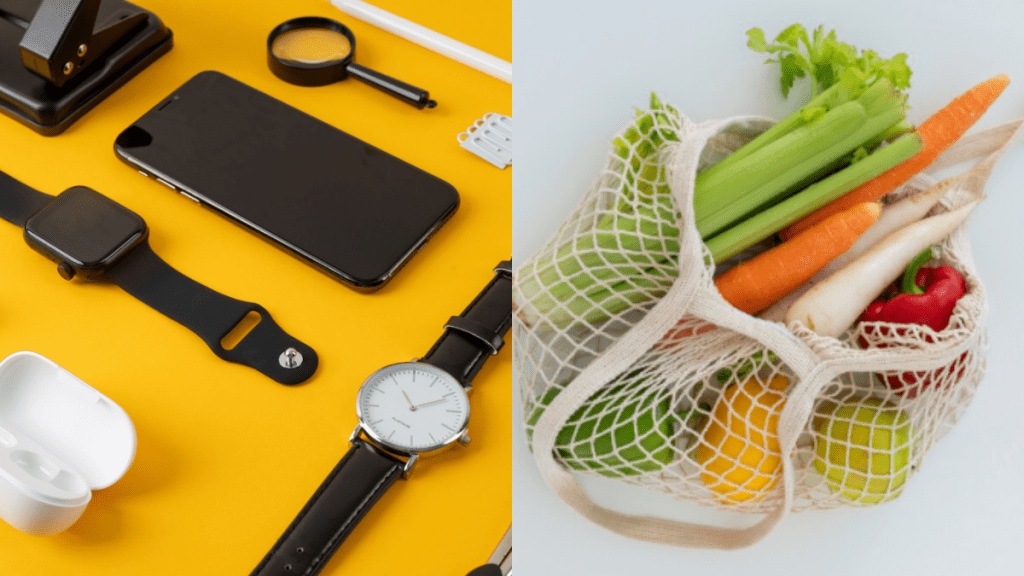For years, food consumed the largest share of household spending in India, crowding out expenses beyond necessities. But a fresh analysis of the Household Consumption Expenditure Survey 2011-12 and 2023-24 by the Economic Advisory Council to the Prime Minister (EAC-PM) indicates that Indian families are now directing a growing portion of their budgets towards home appliances to personal products.
In both rural and urban areas, the percentage of Monthly Per Capita Expenditure (MPCE) allocated to food decreased to less than 50% between 2011–12 and 2023–2024. At the same time, non-food spending, especially on durable goods, has risen sharply, according to the report.
Food loses its central place in the household budget
In rural India, the share of Monthly Per Capita Expenditure (MPCE) spent on food declined from 52.9% in 2011-12 to 47% in 2023-24. In urban areas, it dropped from 42.6% to 39.7% over the same period. This means that for the first time, food takes up less than half of household spending in both rural and urban India.
This fall does not mean people are spending less on food in absolute terms. This means that the overall MPCE has risen. Therefore, households are now allocating more money to non-food categories.
Spending on durable goods surges across India
The most striking change is in spending on durable goods. In rural areas, average spending on durables per person per month rose from Rs 170 in 2011-12 to Rs 540 in 2023-24, an increase of 218%. In urban areas, it went up from Rs 315 to Rs 877, a jump of 178%.
For a family of four, this means at least Rs 24,000 more is being spent annually on durable goods compared to a decade ago.
While urban households still spend more in absolute terms, rural India is catching up fast, and in some states, rural spending on durables has even overtaken urban levels.
Moving away from clothes, towards assets
The composition of durable spending is also changing. Earlier, more than half of all durable spending went towards clothing and footwear, which are seen as necessities. By 2023-24, this pattern has shifted.
Households are now spending more on items that build assets and improve daily life, such as personal goods, cooking and household appliances, furniture, etc.
In urban areas, spending on Personal Goods rose by 236%, and on Cooking & Household Appliances by 148%. For rural households, Cooking & Household Appliances increased from 0.14% to 0.67% of total expenditure, a rise of 378%.
What the bottom 40% is doing differently
Even among the Bottom 40% (B40) of households, the story is similar and in some cases, even more dramatic.
Amongst the urban B40 households, the spending on personal goods has witnessed an increase of 528% while spending on cooking and household appliances increased by 343%.
Though clothing still takes the largest share, its dominance is falling. For the first time, spending on non-clothing durable goods is nearing or surpassing clothing in many cases, signalling a clear move towards asset-building even among lower-income households.
These shifts suggest changing lifestyles and expectations. As MPCE rises, households are choosing to invest more in items that improve comfort, productivity and quality of life, like kitchen appliances and personal devices.

